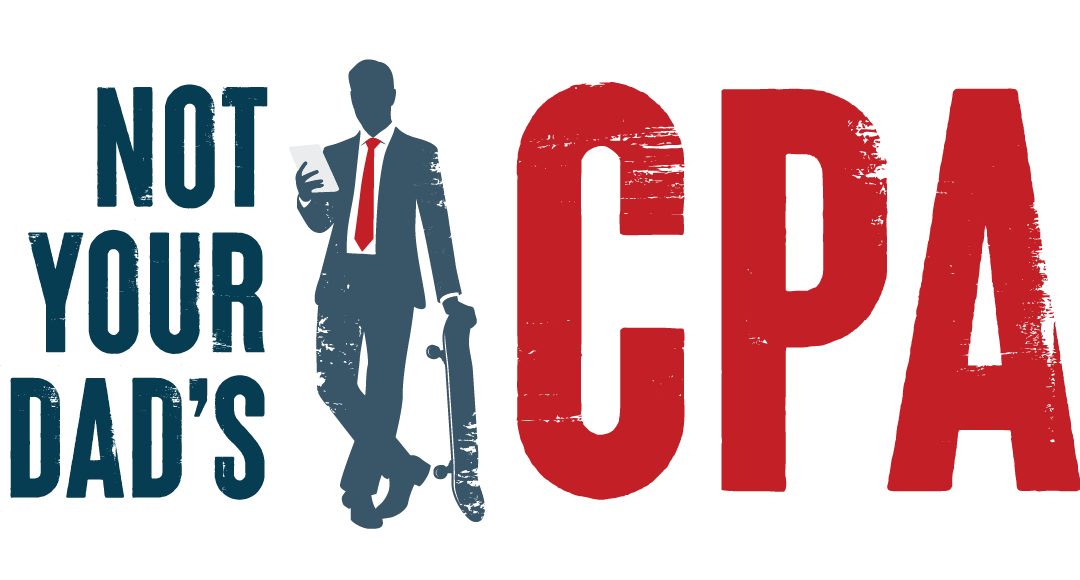Cost of Goods Sold (COGS) is a critical tax deduction for resellers. If you’re in the business of buying and selling inventory, there’s no avoiding inventory. Understanding COGS can simplify your tax filings and help you better manage your finances.
Let’s break down how it works and tackle the common issues resellers run into with regard to inventory and cost of goods sold. Watch the full Youtube video below:
What Is Cost of Goods Sold (COGS)?
COGS is the total cost of the inventory you sold during the year. Historically, inventory had to be deducted only when sold, following what’s known as the accrual method. However, recent changes have brought more flexibility, allowing the use of the cash method in which inventory is deducted upon purchase, which we’ll dive into later.
Accrual vs. Cash Method for Inventory
- Accrual Method: You deduct inventory costs only when items are sold. This method gives more insight into profit margins, as your inventory deductions match up with the sales it is generating.
- Cash Method: You deduct your inventory when you purchase it, whether or not it has sold. This method is simpler but might not provide as much insight into your profits because it doesn’t tie the deduction to the income generated from those sales.
The COGS Formula
There are four key parts to the COGS formula:
Beginning Inventory + Purchases – Ending Inventory = Cost of Goods Sold
- Beginning Inventory: The total cost of inventory you had on hand as of January 1st. If you started your business this year, it will be zero. If you were already in business, the beginning inventory should match the ending inventory from the previous year.
- Purchases: The total cost of all inventory you bought during the year, regardless of whether it’s been sold. Don’t forget to include sales tax, shipping, or any other expenses related to getting the inventory.
- Ending Inventory: The total cost of the inventory you haven’t sold by December 31st. Like beginning inventory, this is based on what you paid for it, not what you can sell it for.
Tracking COGS: The Direct vs. Formula Approach
Some resellers track their COGS directly for each sale, and others use the formula mentioned above. While tracking it directly is convenient, it can lead to issues if you don’t track purchases or inventory balances carefully.
A Shortcut Method
Many accountants take a shortcut on tax forms by entering zero for beginning and ending inventory and listing the entire COGS amount under purchases. For example, let’s say the cost of the inventory actually sold was $1,200. Instead of bothering to input the beginning and ending inventory and letting the formula calculate the cost of goods sold, you can just enter it directly as purchases, so the formula would yield:
0 + $1,200 – 0 = $1,200 in COGS.
While it’s not technically correct, it’s a common practice that usually works fine in most cases. However, be cautious: if you or your accountant uses this method, you may miss key details about your inventory tracking.
Watch Out for This Mistake
One thing to be mindful of is confusing the cash method for the shortcut method. If you’re using the cash method, you deduct your purchases when you buy them. Mistaking this for the shortcut method (or vice versa) could lead to overstating or understating your deductions. Be sure you and your tax preparer are clear on which method you’re using to avoid discrepancies.
Conclusion
Whether you’re using the accrual or cash method for inventory, COGS is a critical part of filing your taxes. It’s worth understanding the basics so that you can maximize your deductions and avoid potential errors. If you need help tracking COGS, check out my simple spreadsheet that can make this process easier. You can grab your free copy here.


0 Comments